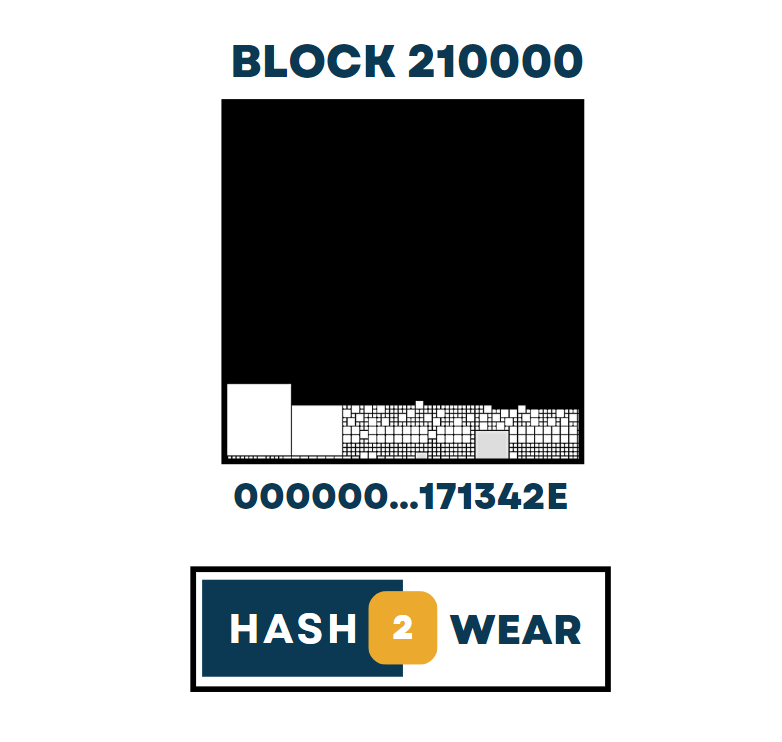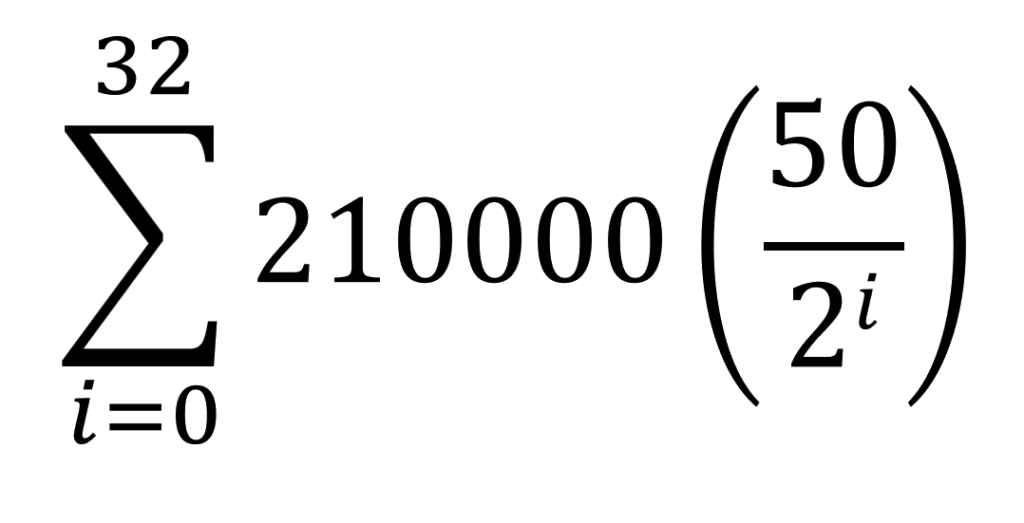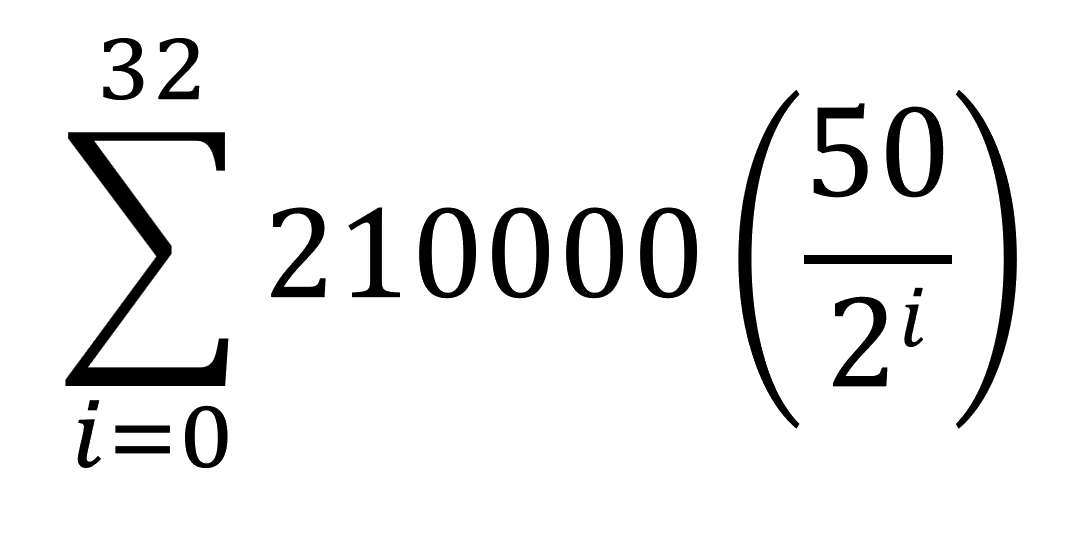In the world of Bitcoin, there are events that mark significant milestones in its history, and one of the most notable is the “halving.” But what exactly is the halving, and why is it so important?
The halving is a scheduled event in the Bitcoin protocol that cuts the reward miners receive for adding a new block to the blockchain in half. Originally, this reward was 50 BTC per block. However, at exactly block 210000, the first halving occurred, and the reward on this block was reduced to 25 BTC. This event ensures that Bitcoin’s total issuance never exceeds 21 million, preserving its deflationary nature.


Bitcoin’s issuance follows a geometric series that halves every 210,000 blocks (approximately every four years). This formula shows us how the block reward decreases over time, getting closer and closer to zero, until eventually, no more bitcoins are issued, reaching the 21 million cap.
In summary, the halving and the monetary supply formula are fundamental to understanding Bitcoin’s underlying economics and its value proposition as a deflationary asset.
By commemorating block 210000 at Hash2Wear, we’re not just remembering a historical event but also the engineering and vision that underpin Bitcoin.








